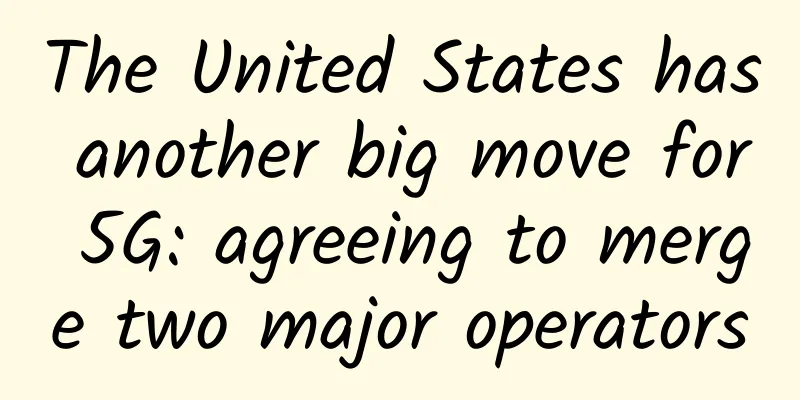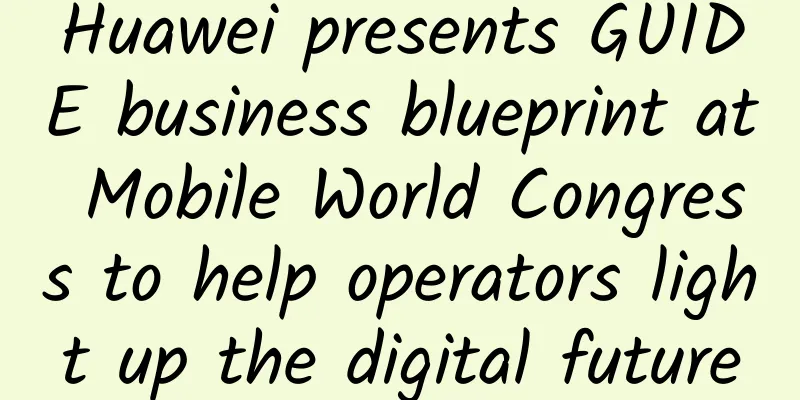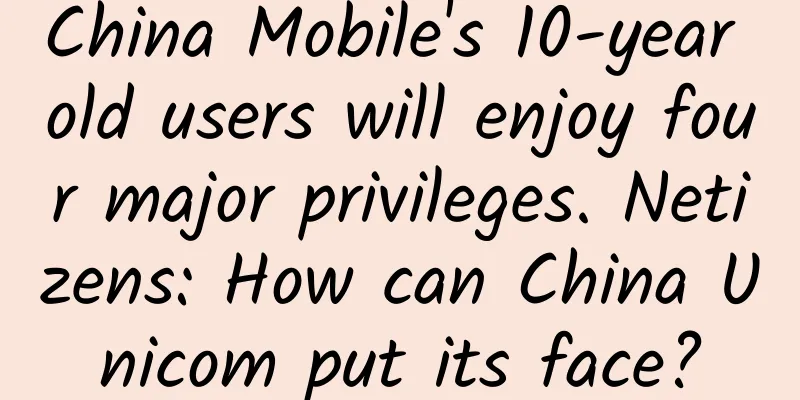The United States has another big move for 5G: agreeing to merge two major operators

|
The Trump administration has tried every possible means to compete for 5G leadership, from cutting taxes and abolishing network neutrality to releasing more spectrum, updating relevant regulatory systems, simplifying the approval process for base station construction, and even using the power of a country to suppress a company. Now, the US FCC is planning to use another big move - agreeing to the merger of T-Mobile, the third largest mobile operator in the United States, and Sprint, the fourth largest mobile operator. On May 20, US FCC Chairman Ajit Pai issued a statement saying he would approve the merger of Sprint and T-Mobile. The statement said: Two of the FCC's top priorities are closing the digital divide in rural areas and driving 5G leadership, and a merger of T-Mobile and Sprint would significantly advance these key goals. However, the consent statement puts forward some construction conditions, requiring T-Mobile and Sprint to build a 5G network covering 97% of the US population within three years after the merger and 99% of the US population within six years; at the same time, the network must cover 85% of the US rural population within three years and 90% of the rural population within six years. FCC officials said that after the merger of T-Mobile and Sprint, a third-party testing company will be introduced to conduct road tests on its network to monitor whether it meets network construction requirements. Although the merger plan still needs to be approved by the U.S. Department of Justice, the FCC's public agreement indicates that the U.S. Department of Justice may also approve it, which means that the merger plan of T-Mobile and Sprint has taken a very important step forward. The merger of T-Mobile and Sprint is seen by the industry as one of the keys to determining whether the United States can lead the world in 5G. Currently, the other two major operators in the United States, Verizon and AT&T, are building 5G on the millimeter wave frequency band. The millimeter wave frequency band is high and the coverage range is extremely small. It can only be covered as a hotspot in cities and cannot form a nationwide 5G network with wide coverage. If T-Mobile and Sprint merge, Sprint will own the 2.5GHz mid-frequency band and T-Mobile will own the 600MHz low-frequency band and the millimeter wave high-frequency band. The two operators can use the low, medium and high frequency bands to form a three-layer network, with 600MHz as the coverage layer, 2.5GHz as the capacity layer, and millimeter wave as the high-capacity layer (hotspot), which will not only expand the network coverage but also increase the network capacity, thereby building a wide-coverage, large-capacity 5G network. The lack of mid-frequency bands and weak basic coverage are the biggest weaknesses of US 5G compared to China's 5G, and the merger of T-Mobile and Sprint can just make up for this weakness. In fact, T-Mobile and Sprint repeatedly compared China's 5G to the application reports submitted to regulators. For example, the following report points out that despite the FCC's progress in infrastructure reform and spectrum auctions, China remains the clear leader in the 5G race with some key advantages. Without radical action, the United States will be unable to stop China's progress. In terms of spectrum, the report believes that mid-frequency bands will play a vital role in 5G coverage and capacity. Chinese operators have a large number of mid-frequency bands at 2.6 GHz, 3.5 GHz and 4.5 GHz, while the United States 5G is seriously lacking in mid-frequency bands. Therefore, only by merging T-Mobile and Sprint and taking advantage of the complementary low, medium and high frequency bands of the two operators can a nationwide 5G network be quickly deployed. In terms of infrastructure, China Tower owns more than 1.9 million sites, while all mobile operators and tower companies in the United States own only 200,000 sites; in the past three years, China Tower has built more than 350,000 new towers, while the United States has less than 30,000. China has 14.1 towers per 10,000 people, while the United States has only 4.7; China's FTTH coverage rate is 88%, while the United States is only 27%. The report points out that since China already has a dense 4G network, and 5G networks are built by adding 5G equipment to existing 4G sites, China can quickly launch a nationwide 5G network, while the United States is far behind in infrastructure and the cost of new construction is too high, making it difficult to quickly deploy a wide-coverage 5G network. Therefore, the report believes that only if the two operators merge and form complementary network resources can a denser 5G network be quickly built. |
<<: Through "confession", let us quickly understand the seven-layer network protocol
Recommend
Network knowledge: Detailed explanation of DNS access principle
Today I will introduce the DNS access principle t...
The arrival of 5G will trigger a larger-scale patent war, and the market size is expected to grow 120 times
Automakers are battling in court with Qualcomm, N...
How to solve Wi-Fi authentication problems?
Many people have encountered this problem when co...
Understand the benefits of cloud-native networking for secure access to the service edge
To better understand the importance of cloud nati...
SmartHost newly launched VPS distribution starting from $6.95/month, multiple data centers available
I received an email from SmartHost, informing me ...
Ruijie won the Intel "Strategic Cooperation Award" and further deepened its cooperation with Intel
Recently, the 14th Intel Internet of Things Summi...
V.PS: Netherlands VPS starts from €9.95 per year, 1G memory/15G SSD/1TB monthly traffic
V.PS recently launched two Nano series VPS packag...
Omdia: Next-generation PON equipment market to reach nearly $8.9 billion in 2025
LightReading reported that Omdia pointed out in i...
Huawei hosted the "Network-based Intelligent Manufacturing for the Future" Advanced Industrial Network Forum
On September 16, during the China Industrial Inte...
Linkerd 2.10 (Step by Step) — Customizing Linkerd Configuration with Kustomize
The Linkerd 2.10 Chinese manual is being continuo...
Top SD-WAN vendors and manufacturers in 2021
Software-defined WAN (SD-WAN), as the name implie...
Have you ever been cheated by your cell phone plan? It’s time to say “no” to your carrier
As a non-rich person, have you ever applied for v...
LOCVPS: Hong Kong Cloud 6G memory package 30% off 66 yuan/month, 20% off Hong Kong/Japan/Korea/USA and other data centers
LOCVPS (Global Cloud) has launched a special prom...
The 2G era will not come to an abrupt end; network transformation requires the support of the Internet of Things
Recently, China Unicom announced that it will car...
5G+IoT, why will it usher in a completely different era of “operator of everything”?
In the previous article "Entering the Billio...









